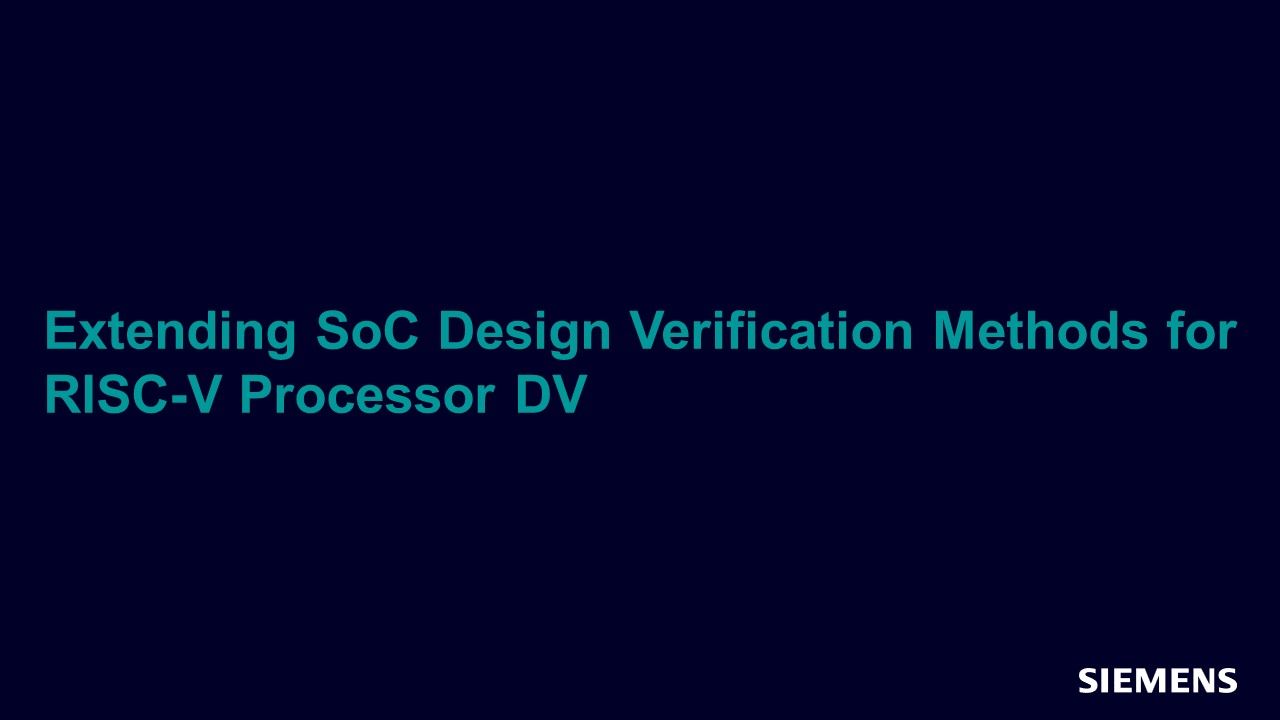Extending SoC Design Verification Methods for RISC-V Processor DV
As SoC developers adopt RISC-V and the design freedoms that an Open ISA (Instruction Set Architecture) offers, DV teams will need to address the new verification challenges of RISC-V based SoCs. The established SoC verifications tasks and methods are well proven, yet depend on the industry wide assumption of ‘known good processor IP’ based on the quality expectations associated with IP providers such as Arm or MIPS Technologies.

Full-access members only
Register your account to view Extending SoC Design Verification Methods for RISC-V Processor DV
Full-access members gain access to our free tools and training, including our full library of articles, recorded sessions, seminars, papers, learning tracks, in-depth verification cookbooks, and more.